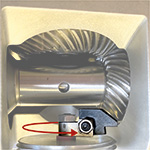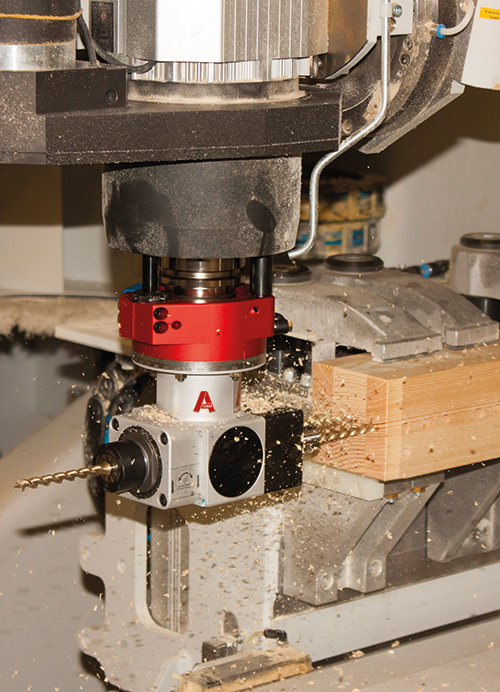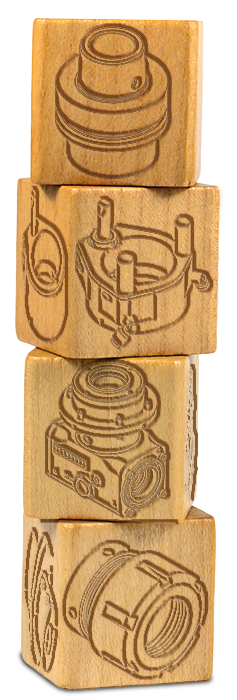What is an aggregate?
An angular aggregate, or angle head, supports the functionality of a CNC machine and acts as an extended arm of the motor spindle.
Motor Spindle
Combining an electric motor, a tool interface, and a tool clamping system, the motor spindle is the heart of the CNC machine. The motor spindle clamps the tools and aggregates and supplies the rotational speed and torque for machining.
C-Axis
The C-axis is a huge gain for the wood industry.
With it, the aggregate can use the clamped-in tools with different approach angles. Rotations about the Z-axis of the machine are
simple and time-saving because the C-axis, equipped with a servomotor, gearing, and a torque support ring, can rotate the aggregate by 360 degrees.
Torque Arm
The torque arm is the part that secures the aggregate against spinning. It prevents the static parts from rotating during machining.
It also reduces vibrations, supports the aggregate against acting machining forces, and can transmit cooling media or control signals in the form of compressed air. The locating
pins specified by the machine manufacturer are built into the torque arm of the aggregate and engage in the machine’s antirotation torque support ring, stop block, or C-axis.
Here you will find a selection of companies for whose machines we supply suitable connections: Anderson Industrial Corp., auratronic, BIESSE S.p.A., C.R. Onsrud, Felder KG, FOOKE GmbH, HOLZHER GmbH, HOMAG Group AG, IMA Schelling Deutschland GmbH, MAKA Systems GmbH, Masterwood S.p.A., MKM International GmbH, Multiax International CNC Srl, Reichenbacher Hamuel GmbH, SAOMAD 2 srl., SCM Group S.p.A., Technowood, Thermwood Corporation, Michael Weinig AG, F. ZIMMERMANN GMBH, ...
Please consult our sales team for companies not listed here.
Aggregate
An angular aggregate, or angle head, supports the functionality of a CNC machine and acts as an extended arm of the motor spindle.
Aggregates extend the machine-side machining capabilities of 3-, 4-, and 5-axis machines. Tools can work horizontally or at any angle, even when space is limited.
Use of aggregates offers cutting, grinding, probing, indenting, doweling, gluing, and many other processing methods in addition to “rotating” machining processes such as routing, drilling, and sawing, ...
Modularity
Modularity for greater...
... Adaptability
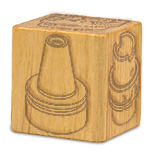
The design is completely adapted to the application area.
... Cost-efficiency
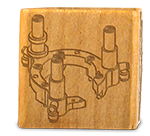
Optimally coordinated components provide for the maximum possible service life.
... Flexibility
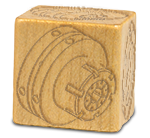
Subsequent configuration of the machine connection is possible at any time.
production facility to another. ATEMAG fine-tunes the solutions to match them perfectly.
In our initial meeting, our experts ask about the CNC machine, the material, the application, and the desired machining result. The aggregate is configured and assembled based on these specifications.
The modular design of our CNC aggregates offers numerous significant advantages. The main one lies in the individual adaptation. In our craft production facility, the aggregates are designed for the application area with the components needed for the application and the CNC machine.
If the conditions change, the requirements that the aggregate must meet also change.
Aggregates are built with cone/taper formats such as HSK-F63, HSK-E63, HSK-A63, SK30, SK40, BT30, and others. The torque arm is built to match the machine and is mounted as a separate aggregate component in the last work step.
Just like the machine connections, the tool interfaces can be designed flexibly and integrated according to customer requirements.
The numerous different interfaces, including ER 32, ER 25, Weldon, saw flange, and the modular tool interface (page 22), give rise to a wide range of possible tool applications.
The most common components are kept in stock so that we can assemble and deliver them quickly.
You benefit from the flexibility afforded by the modular design of the aggregates. Even with the large number of configurations, standard aggregates are always in stock and can be delivered within a short time after the torque arm is mounted.
Aggregate Lubrication Technology
Grease or Oil?
Lubrication of the gear parts plays an important role in aggregate technology. Insufficient lubrication impacts the aggregate service life.
Proper lubrication improves the efficiency of the aggregate and prevents downtime.
ATEMAG aggregates are equipped with either high-performance grease or oil bath lubrication.
Grease or Oil?
For mechanical parts that mesh and move relative to one another, there must be a grease or oil film on the metal surfaces to guarantee that there is no direct contact between them. This reduces friction and minimizes wear. The type of lubrication that should be used depends on the type of machining and whether it is for lightor heavy-duty tasks as well as on the rotational speed.
Grease
SMART LINE and FUNCTION LINE aggregates are lubricated with high-performance grease. The grease lubrication ensures the reliability of the machining process at moderate torques and high rotational speeds in continuous operation, especially for drilling and routing. Lifetime lubrication ensures that regular grease refills are not necessary.
Oil
ULTRA LINE aggregates work with oil bath lubrication. The oil bath lubrication ensures the reliability of the machining process at low rotational speeds and high torques. The gear housing is reliably sealed against dirt ingress and the gearing is continuously relubricated. Machining operations that use high torques such as planing or sawing can be performed reliably.
Constant Lubrication During Machining
SIMA LUBE
The automated lubricator mounted on the aggregate has a lubricating time that can be individually adjusted to up to 12 months and guarantees regular relubrication of multiple spindles.
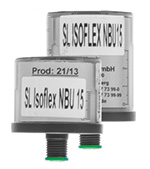
ROTA LUBE
The mechanical device is actuated manually at regular intervals and provides for optimal lubrication of the gear elements at high aggregate rotational speeds.
